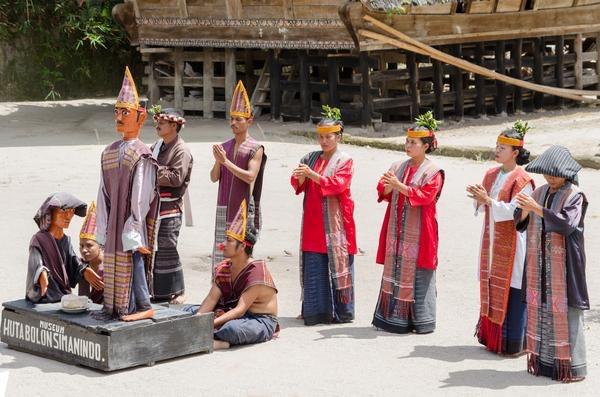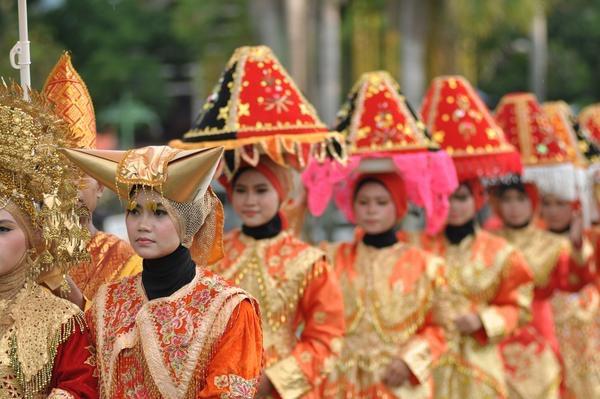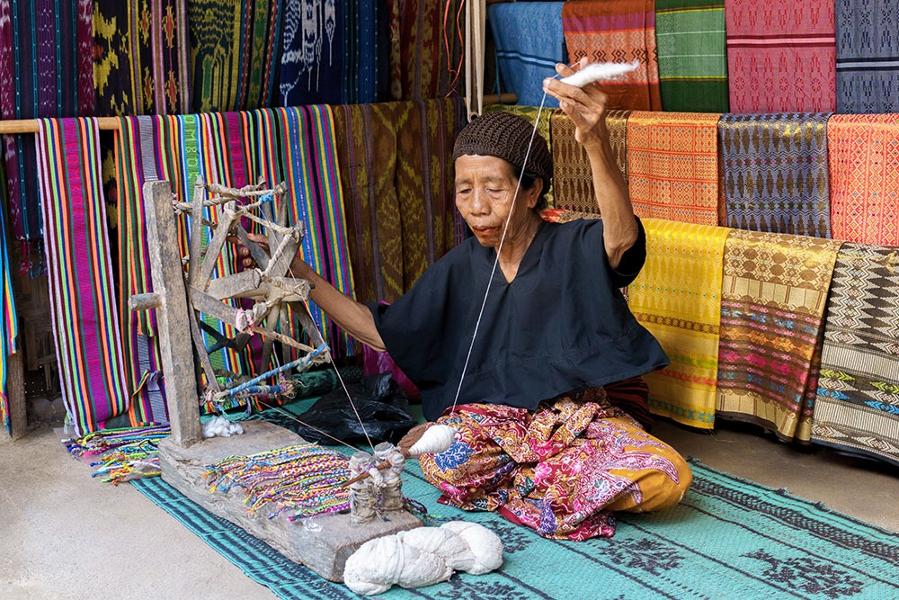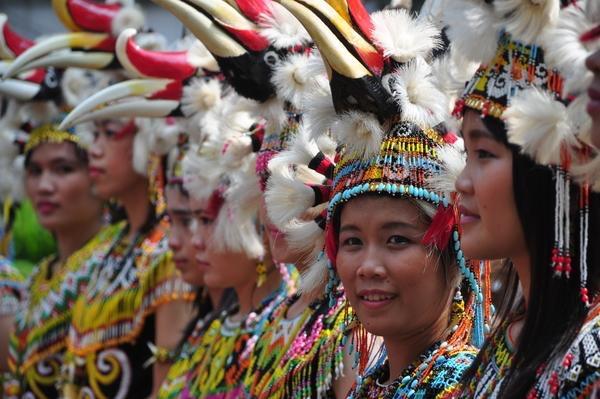
Focus on 4 ethnic groups in Indonesia
A vast archipelago with a thousand faces, Indonesia never ceases to surprise you with its ethnic and cultural diversity. The result of a rich historical past, the country has always been at the center of commercial and cultural exchanges in Southeast Asia. Arabs, Indians, Chinese and Europeans also contributed to spreading their cultures within the Indonesian islands. This mixture is thus the basis of the incredible differences in lifestyles and beliefs which punctuate the daily lives of the peoples of the archipelago. Here are four Indonesian ethnic groups that still tickle the curiosity of travelers!
The Bataks
Located in northern Sumatra, the Batak are an ethnic group comprising nearly 6 million people. Divided into six different groups descended from the same ancestors, they do not speak the same language and do not have the same customs. Their patriarchal society is made up of several clans called marga. To consolidate alliances, marriages are only authorized between members of different clans and the woman joins her husband's clan.
Formerly animists and cannibals, the majority of Batak remains Protestant, while in the South, a minority is of the Muslim faith. However, all continue to practice adat, that is to say the animist rites celebrating the cult of the ancestors.
The Batak are a very proud warrior people. Moreover, their presence within the Indonesian army is very important.
Having remained isolated from the rest of the archipelago and European influence for a long time, the Batak have refined craftsmanship. The architecture of their traditional wooden houses is also very famous. Some see the special shape of the roof as a horse saddle, a boat or a sail. It’s up to you to judge too!
The Minangkabau
One of the largest matriarchal societies in the world, the Minangkabau ethnic group lives in West Sumatra, as well as on the Riau Islands. There are around 6 million inhabitants belonging to it. Additionally, the Minangkabau are also present in Malaysia. The majority of them are of the Muslim faith.
“Minang” means “victorious” and “kabau” means “buffalo”. This name comes from a legend telling of the fight between two buffaloes, one belonging to the Minangkabau and the other to the kingdom of Majapahit. The victory going to the first, they decided to make the animal their sacred emblem. Moreover, we find signs of it everywhere, particularly in the culture of the Minangkabau. For example, the roofs of their traditional houses take the shape of buffalo horns.
Among these people, it is the women who lead! They are therefore the only ones who can own land and real and movable property. Men must leave to make their fortune and they are encouraged from a very young age to travel and discover the world. This is also one of the reasons why many intellectuals and political figures have Minangkabau origins! The ethnic group actively participated in Indonesian Independence after the Second World War.
It is particularly recognized for its culinary and artistic culture. We owe him rendang, soto and sate Padang! A treat for the taste buds ! In terms of theatrical art, Randai also comes from the Minangkabau region. A harmonious blend of dance, martial art and staging, it strongly contributes to the cultural influence of this people in Indonesia.
The Sasaks
The most widespread ethnic group on the island of Lombok, the Sasak are mainly farmers. Divided into two distinct groups, namely the Wetu Telu with animist customs and the Wetu Lima, they bring together approximately 2.5 million inhabitants. Their food crop consists mainly of rice, coconuts, sugar cane and coffee.
A large part of the Sasak are Muslim, unlike the Balinese who are Hindu. Their language is very close to that spoken in Bali and Sumbawa. However, the dialect changes depending on the region.
The Sasak are also well known for their annual Bau Nyale festival which usually takes place in February or March. This is a ritual celebrated in favor of the next rice harvest and which involves the appearance of the nyale. These are marine worms that the Sasak fish and eat to celebrate upcoming abundant harvests. Not to be missed if you have the chance!
The Dayaks
An emblematic indigenous people of Borneo, the Dayak are one of the best-known ethnic groups in Indonesia. Mainly located in Kalimantan, the Dayak country remains one of the most interesting destinations in Indonesia.
Known as ancient headhunting warriors, they converted to Christianity over time. However, animist beliefs continue to be strongly anchored in the collective spirit and local customs.
Dayak culture is very rich and varied. It brings together traditional dances, pagan rituals and traditional funeral ceremonies. The local dialect also varies depending on the region. There is so much to discover about it!




